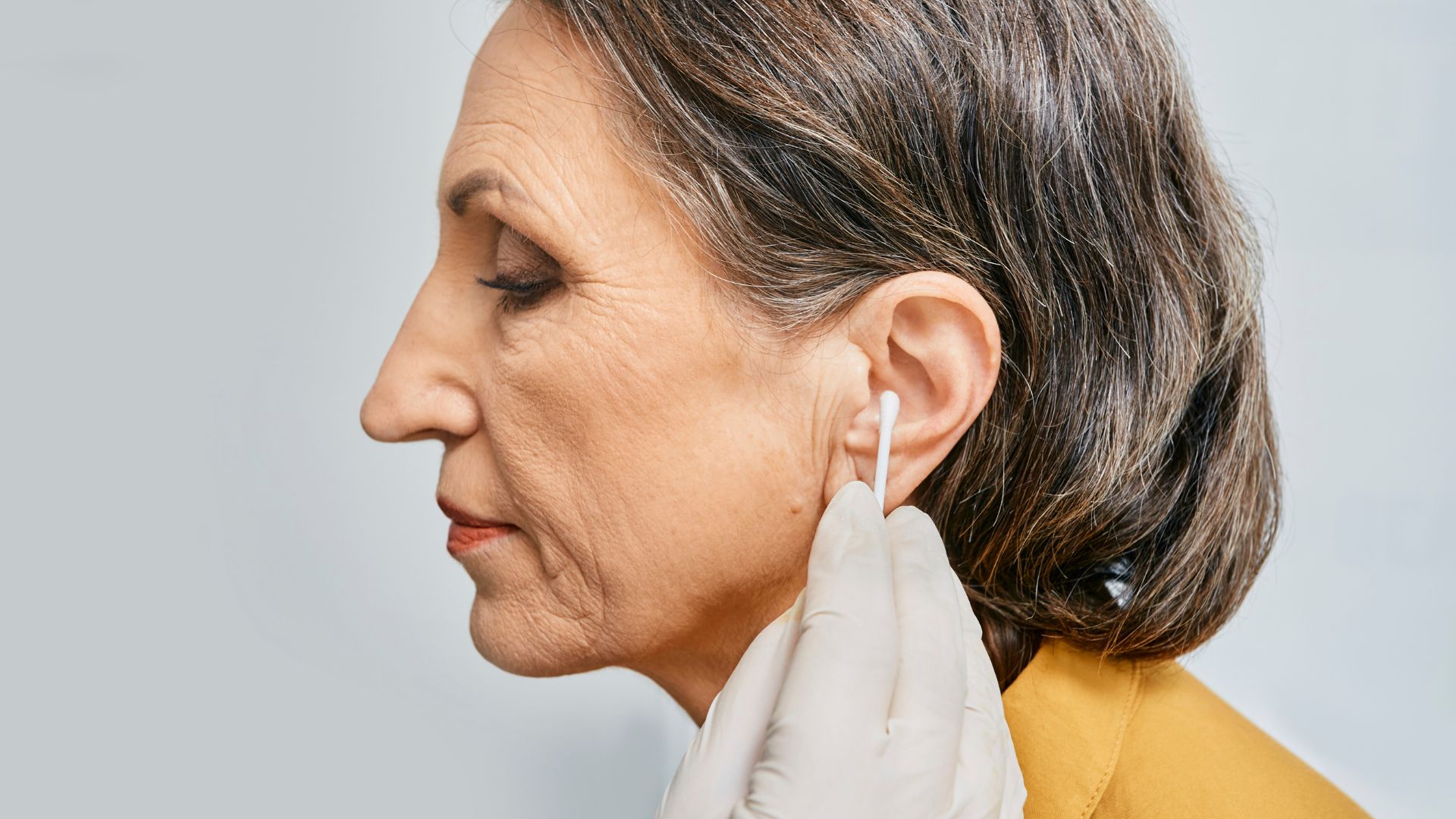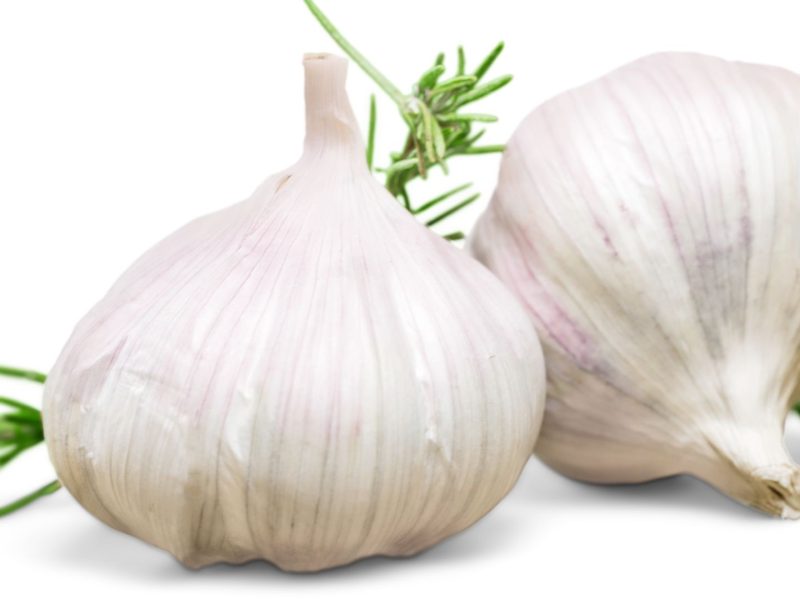Ever found yourself reaching for a cotton swab to dig out that pesky earwax? Hold that thought! As someone who’s spent years researching ear health and consulting with audiologists, I’m here to share everything you need to know about safely managing earwax. Let’s dive into this often misunderstood topic and discover the right way to keep your ears clean and healthy.
Understanding Earwax: Your Ears’ Natural Protector
Before we jump into cleaning methods, let’s get one thing straight: earwax isn’t your enemy. In fact, your body produces this amazing substance (technically called cerumen) for some pretty important reasons:
- It acts as a natural filter, trapping dust and debris
- It has antimicrobial properties that help prevent ear infections
- It keeps your ear canal moisturized and healthy
- It serves as a protective barrier against water damage
When Should You Clean Your Ears?
Here’s the surprising truth: most people don’t actually need to clean their ears. Your ears are self-cleaning organs that naturally move excess wax toward the outer ear where it falls out on its own. However, you might need to take action if you experience:
- Difficulty hearing or a feeling of fullness in your ears
- Ringing or buzzing sounds
- Earache or discomfort
- Visible dark or excessive wax buildup
Signs You Should See a Doctor
While at-home cleaning methods can work well, certain situations require professional attention. Contact your healthcare provider if you experience:
- Severe ear pain
- Bleeding from the ear
- Drainage or discharge
- Sudden hearing loss
- Dizziness
- Persistent tinnitus
Safe Methods for Cleaning Earwax at Home
1. The Warm Water Irrigation Method
This is one of the safest and most effective ways to remove excess earwax:
- Mix equal parts warm water and hydrogen peroxide (3%)
- Tilt your head sideways
- Using a rubber bulb syringe, gently squirt the solution into your ear canal
- Wait 5-10 minutes
- Tilt your head in the opposite direction to drain
- Dry your outer ear with a soft towel
2. Over-the-Counter Ear Drops
There are several types of ear drops available that can help soften and remove excess wax:
- Carbamide peroxide drops
- Mineral oil drops
- Glycerin-based drops
- Saline solutions
Apply these as directed on the package, typically 4-5 drops in the affected ear, wait 10-15 minutes, then rinse gently.
3. The Oil Method
Natural oils can effectively soften earwax, making it easier to remove:
- Olive oil
- Coconut oil
- Almond oil
Warm the oil slightly (to body temperature), place 2-3 drops in your ear, wait 10-15 minutes, then drain.
What NOT to Do: Common Mistakes to Avoid
Cotton Swabs: The Big No-No
Despite what you might have learned growing up, cotton swabs are not meant for ear cleaning. Here’s why:
- They can push wax deeper into the canal
- Risk of eardrum perforation
- Potential for ear canal scratches
- May cause impaction of existing wax
Other Dangerous Methods to Avoid
- Ear candles (risk of burns and wax dripping into ear)
- Paper clips or other sharp objects
- Aggressive water jets
- DIY tools or unauthorized cleaning devices
Prevention Tips for Healthier Ears
Daily Habits for Better Ear Health
- Keep outer ears dry after swimming or showering
- Use earplugs in dusty environments
- Stay hydrated to maintain proper wax consistency
- Practice good overall hygiene
- Regular check-ups with your healthcare provider
Diet and Lifestyle Factors
Believe it or not, what you eat can affect your earwax production:
- Stay well-hydrated
- Include omega-3 fatty acids in your diet
- Reduce excessive caffeine intake
- Maintain proper vitamin D levels
When to Schedule Professional Cleaning
Sometimes, professional intervention is necessary. Consider seeing an ENT doctor or audiologist if:
- Home remedies haven’t worked after several attempts
- You wear hearing aids regularly
- You have a history of ear problems
- Your ears produce excessive wax
- You experience frequent blockages
Professional Cleaning Methods
Healthcare providers use several safe and effective techniques:
- Micro-suction
- Professional irrigation
- Manual removal with specialized tools
- Cerumen softening agents
Final Thoughts: Listen to Your Ears
Remember, your ears are incredibly efficient at self-cleaning. The best approach is often to let them do their job while maintaining good outer ear hygiene. When intervention is necessary, choose gentle, proven methods and don’t hesitate to seek professional help when needed.
By following these guidelines, you’ll maintain healthy ears without risking damage from overly aggressive cleaning methods. After all, our ears are delicate instruments that deserve careful attention and respect.



